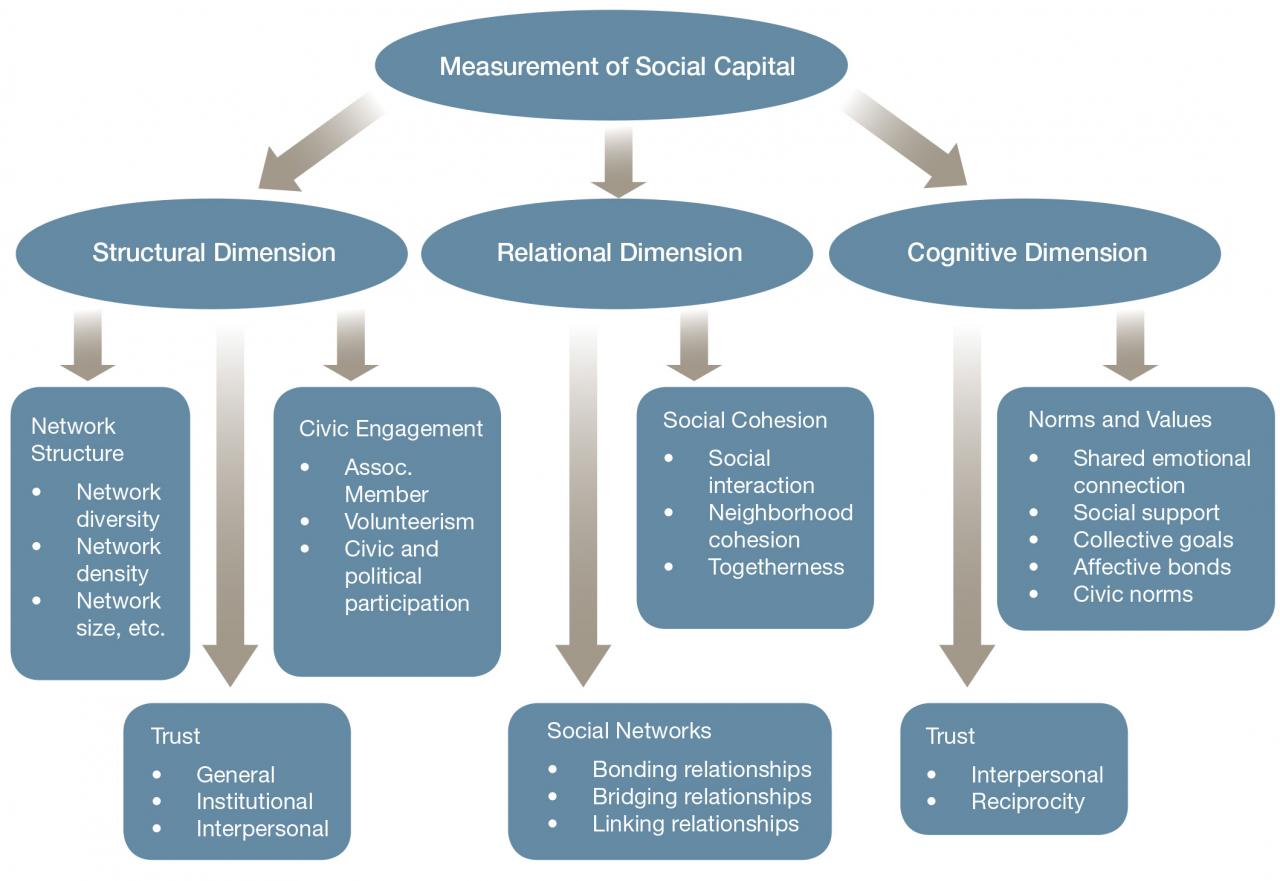
Capitol measurement, an intricate study of the dimensions and proportions of the United States Capitol building, holds profound historical, architectural, and symbolic significance. Embark on a journey to unravel the captivating story behind the measurements of this iconic structure, a testament to American history, architectural prowess, and democratic values.
The Capitol’s measurements have undergone meticulous planning and evolution over time, reflecting the changing needs and aspirations of the nation. Its grandeur and intricate details embody the principles of democracy, serving as a constant reminder of the importance of government and the enduring spirit of the American people.
Historical Significance of Capitol Measurement
The United States Capitol building is a monument to American democracy and a symbol of the nation’s history and values. Its measurements, carefully planned and executed, hold significant historical and architectural importance.
The Capitol’s original design, by architect William Thornton, called for a building that would be both grand and functional. The dimensions were carefully calculated to create a structure that would be imposing yet proportional. The building’s height, width, and length were all designed to reflect the importance of the federal government and the principles of democracy it represented.
Over the years, the Capitol has undergone several expansions and renovations, each of which has altered its measurements slightly. These changes were made to accommodate the growing needs of the government and to reflect the evolving architectural styles of the time.
Architectural Details and Dimensions, Capitol measurement
- Height:288 feet (87.7 meters) from the ground to the top of the dome
- Width:350 feet (106.7 meters) at its widest point
- Length:751 feet (229 meters) from the east to west fronts
- Volume:Approximately 16,000,000 cubic feet (453,000 cubic meters)
The Capitol’s exterior is adorned with intricate architectural details, including:
- Columns:The building is supported by 306 Corinthian columns, each standing 30 feet (9.1 meters) tall
- Pediments:The east and west fronts feature pediments adorned with sculptures depicting scenes from American history
- Dome:The Capitol’s iconic dome, designed by Thomas U. Walter, is made of cast iron and measures 288 feet (87.7 meters) in diameter
Symbolic Meaning and Representation
The Capitol’s measurements are not merely arbitrary numbers; they are imbued with symbolic meaning.
- Height:The building’s height is meant to symbolize the power and authority of the federal government
- Width:The Capitol’s width represents the diversity and inclusiveness of the American people
- Length:The building’s length reflects the long and enduring history of the United States
- Dome:The dome, with its intricate design and imposing size, is a symbol of the Capitol’s role as the seat of American democracy
Comparison to Other Capitol Buildings
The U.S. Capitol is one of the largest capitol buildings in the world. Its dimensions are comparable to those of other prominent capitol buildings, such as:
- British Houses of Parliament:Height: 346 feet (105 meters); Width: 820 feet (250 meters); Length: 1,000 feet (305 meters)
- French National Assembly:Height: 260 feet (79 meters); Width: 580 feet (177 meters); Length: 750 feet (229 meters)
While the U.S. Capitol is not the largest capitol building in the world, its measurements reflect the importance of the federal government and the values of democracy that it represents.
Impact on Urban Planning and Development
The Capitol’s measurements have had a significant impact on the planning and development of Washington, D.C. The building’s imposing size and central location have shaped the city’s layout and made it a recognizable landmark.
The Capitol’s measurements have also influenced the design of other buildings in the city. Many of the buildings in the surrounding area are designed to complement the Capitol’s scale and architectural style.
Conclusive Thoughts

The Capitol’s measurements stand as a testament to the enduring legacy of American architecture and the nation’s commitment to democratic ideals. Through its intricate design and symbolic dimensions, the Capitol building continues to inspire awe and admiration, serving as a beacon of unity and a reminder of the enduring power of democracy.
FAQ Insights: Capitol Measurement
What is the significance of the Capitol’s height?
The Capitol’s height of 288 feet symbolizes the 288 electoral votes in the Electoral College during the building’s construction.
How has the Capitol’s size influenced the development of Washington D.C.?
The Capitol’s size and location have played a central role in shaping the layout and development of Washington D.C., serving as a focal point for the city’s growth and expansion.
What architectural details contribute to the Capitol’s iconic appearance?
The Capitol’s iconic appearance is enhanced by its Corinthian columns, pediments, and the massive dome, which together create a harmonious and awe-inspiring architectural masterpiece.





